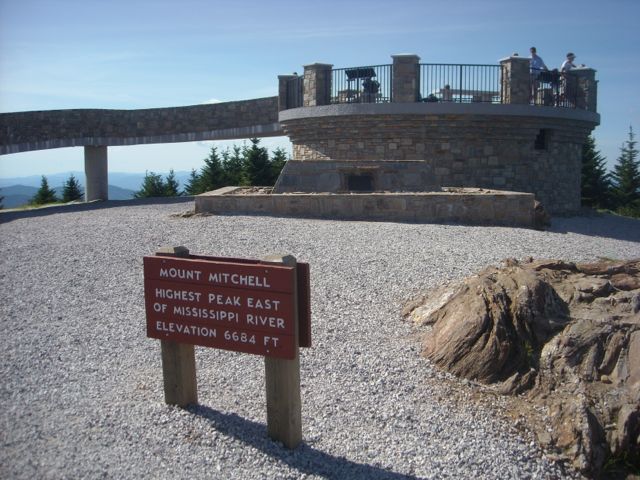My latest goal: Have a Pop-Tart instant coffee breakfast in the woods before work.
As goals go, it my not be the loftiest.
Or is it?
For a good 5 years this simple ambition has been on my to-do list. Yet it remains undone. Why?
 Because until now I’ve simply viewed it as “a thing to do.” A thing I really want to do, but, in the pecking order of life, simply a thing to do; it never occurred to me to elevate it to “goal” status. Goals, after all, are things you work at: a million in sales through Q2, discovering a cure for the doldrums. Showing up for work on time. Goals usually take the form of resolutions you set on New Year’s Day, like fitting into your high school Speedo by Memorial Day. Having a processed pastry and Sanka while sitting on a tree stump isn’t exactly an achievement you’d include in the Christmas newsletter.
Because until now I’ve simply viewed it as “a thing to do.” A thing I really want to do, but, in the pecking order of life, simply a thing to do; it never occurred to me to elevate it to “goal” status. Goals, after all, are things you work at: a million in sales through Q2, discovering a cure for the doldrums. Showing up for work on time. Goals usually take the form of resolutions you set on New Year’s Day, like fitting into your high school Speedo by Memorial Day. Having a processed pastry and Sanka while sitting on a tree stump isn’t exactly an achievement you’d include in the Christmas newsletter.
Yet it’s been something I really wanted to do. So I’ve elevated it to goal status.
September has been deemed “Set a Goal” month by the Year of the Trail people. That, along with the promise of cooler, drier air, has gotten me thinking more about my own trail goals. I’ve set several goals for the month, which I wrote about last week. Some would fit into the more traditional, performance-based definition of a goal: doing a 17-mile hike at Doughton Park, for instance. Or hiking 40 miles in a week. And some, like eating a Pop-Tart, don’t.
So what is a goal? Here are six things to take into consideration when setting a goal. Your goal doesn’t have to meet all five criteria, but it should reflect one or two.
- Is it something you really want to do, no matter how silly it might seem (e.g. the Pop-Tart)?
- Is it something you’ll feel especially good about having done after it’s over? Note the “after.” (If you aren’t familiar with the Three Types of Fun, brush up here.)
- Is it something you could explain in an elevator speech? Not that you’d need to; a goal only needs to make sense to you. But “goals” can be squishy, and a squishy goal is hard to achieve. For example, “I want to feel better about myself as a hiker in three months.” OK, but what exactly will make you feel better about yourself? That’s what your goal should be. Average a 3 mph pace on a 10-mile hike? Do a hike with 1,000 feet of elevation gain? Those are goals you can explain briefly and succinctly.
- Is it realistic? “I want to climb Mt. Everest” is an admirable goal, and perhaps doable if you have a year to train and can spend a month in Katmandu getting acclimated. Oh, and if you have a spare $100,000. A goal should be something you haven’t done, but is within the realm of possibility. Set your sights high; it’s good to dream. Just be aware of your limitations.
- Make sure the journey to your goal is as enjoyable as the goal itself. If, say, you plan to climb Mount Mitchell from the Black Mountain Campground, gaining 3,700 vertical feet in 5.5 miles, make sure you have some fun — and, of course, challenging — training hikes leading up to it.
- Have an “easy’ goal in the mix. Getting that first goal out of the way is a confidence builder.
Even if it’s simply eating a Pop-Tart.
